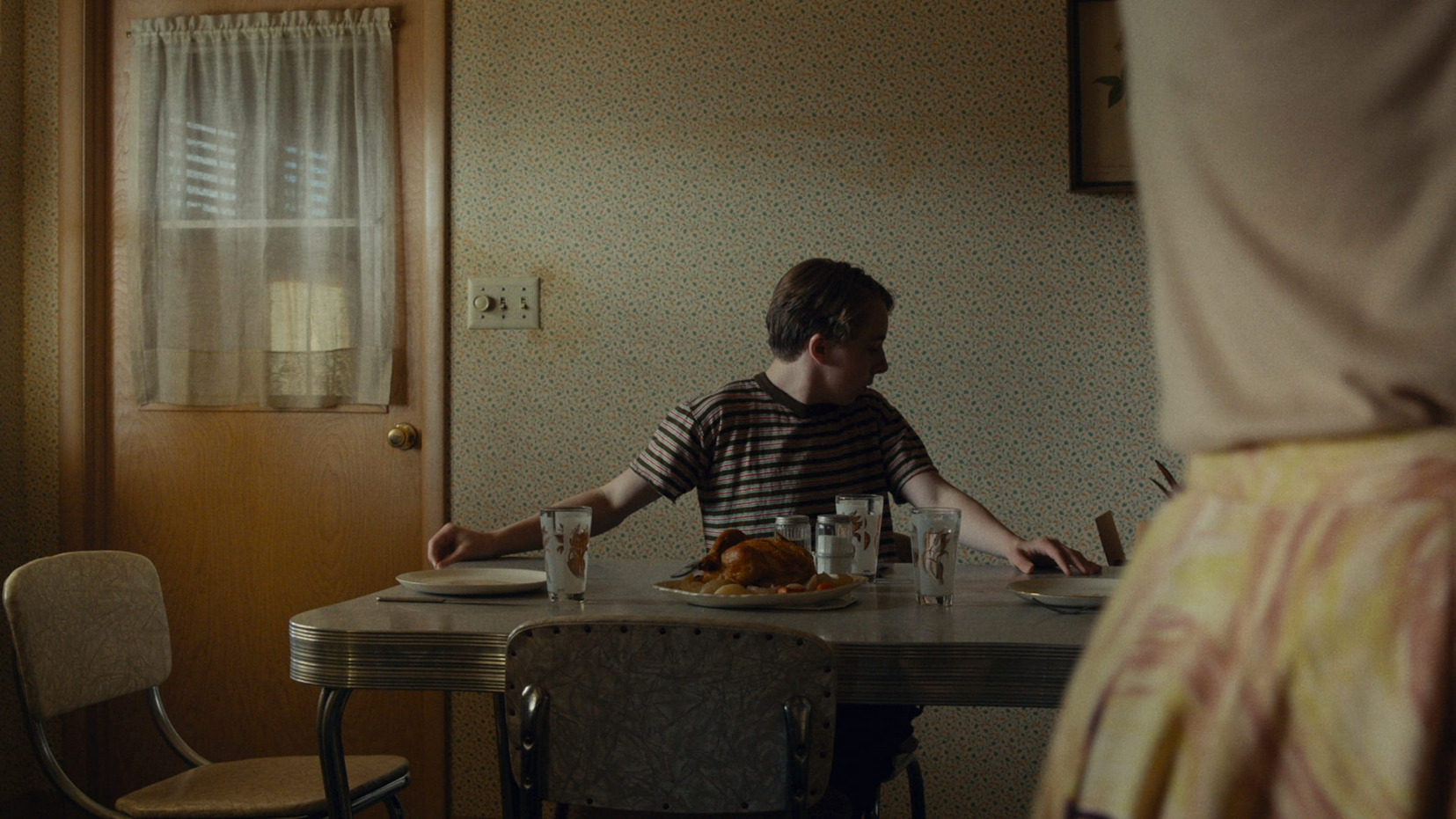RELATED ARTICLE
Wildlife: What Is and What Isn’t

Share
Richard Ford’s 1990 novel Wildlife begins with this arresting sentence: “In the fall of 1960, when I was sixteen and my father was for a time not working, my mother met a man named Warren Miller and fell in love with him.” It’s a piece of personal history reported in language that at first seems too straightforward and cleanly carpentered to hide anything. But the second time you read it, you may notice the slightly too restrained, pain-concealing, papered-over quality of “for a time not working.” Then you realize that the whole statement, as it slides toward its end, is an unnervingly calm account of a bomb exploding. Wildlife is an assessment of that catastrophe, and a portrait of its survivors.
You will not hear Ford’s sentence anywhere in Paul Dano’s astonishingly assured film adaptation. Among the many achievements of his hushed and agonizing directorial debut, one of the strongest first films by an American director in recent years, is that, unlike so many movies based on literary novels told in the first person, Wildlife chooses to forgo voice-over narration and the safety and detachment that come with it. It finds its own intrinsically cinematic means to tell the story of the Brinsons, a family of three in Great Falls, Montana, that’s about to come undone. The narrative that unfolds is implicitly based on the memories and experiences of Joe, the quiet, accommodating, still unformed teenage son of Jerry and Jeanette, two restless people who are about to discover that whatever has held them together for sixteen or so years is no longer enough. But Dano and his cowriter, Zoe Kazan, decline to give us the reassurance of retrospection. In the movie, there is no settled adult version of Joe to mediate this story for us from a distance of decades. For Wildlife’s three main characters, there exist only the fragile present and the very near future, which seems like a cliff’s edge over which they’re all about to tumble.

“What’s outdoors is both ridiculously vast—it is Montana, after all—and threateningly near, just outside the windows that seem somehow too close to the world to afford sufficient privacy.”

“The film spends a lot of time letting us look at the characters when they’re not taking action, when they’re at a loss for what to do with themselves or each other.”





